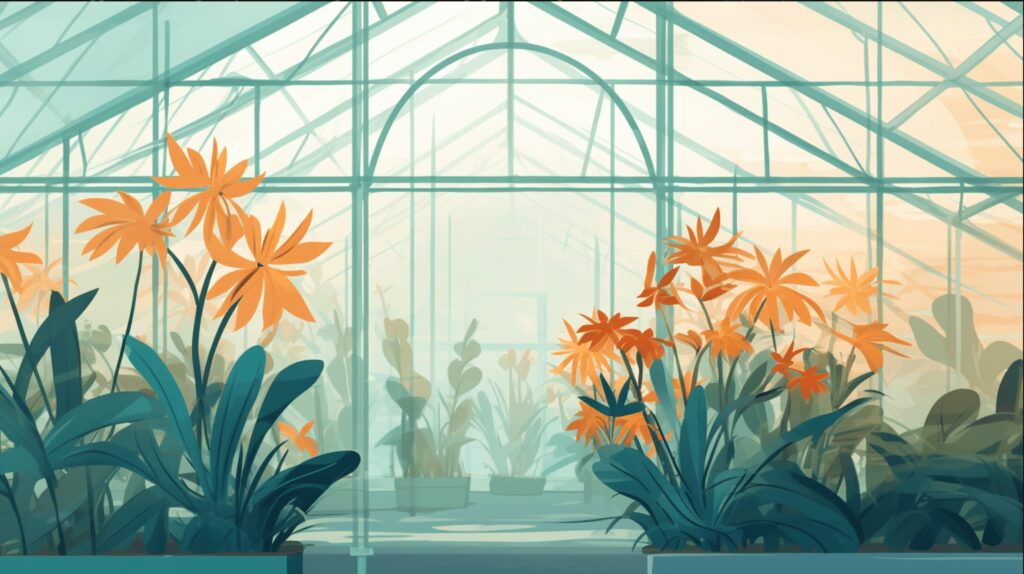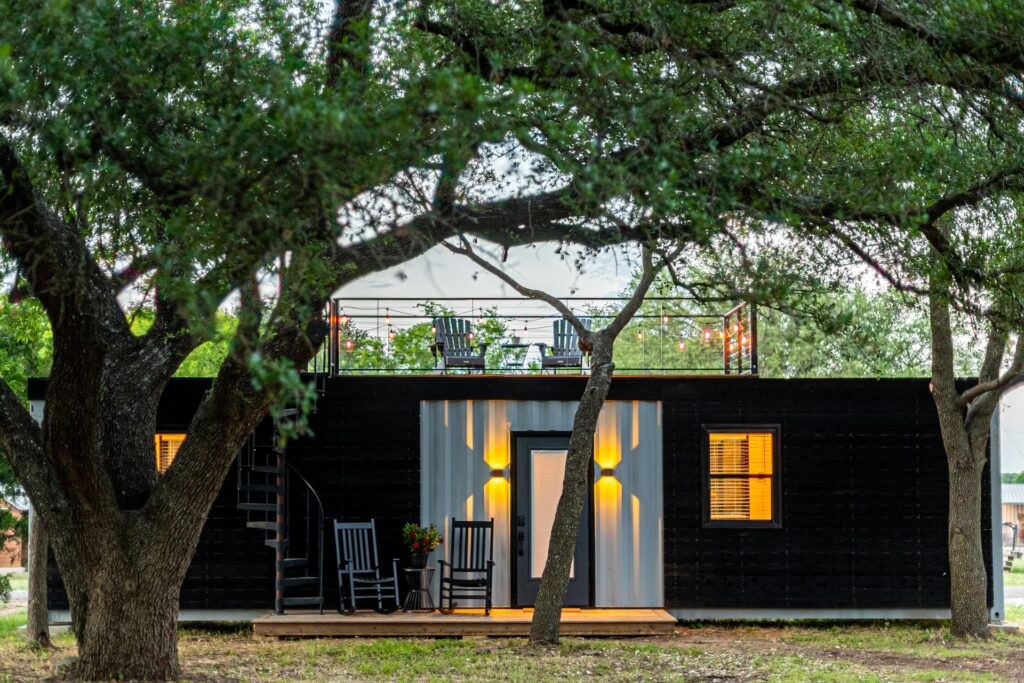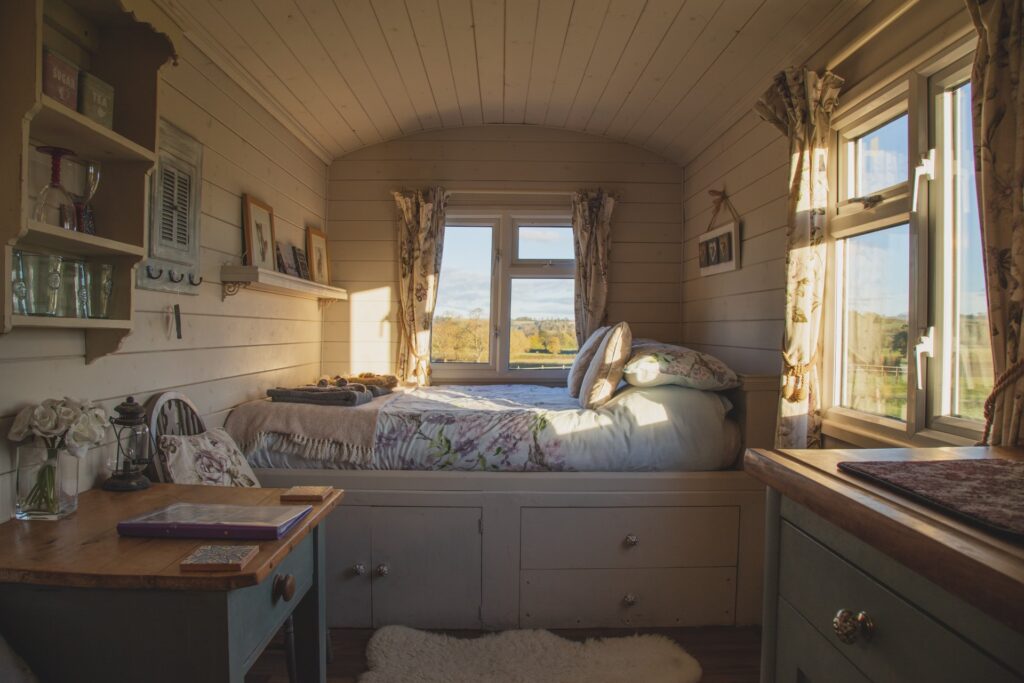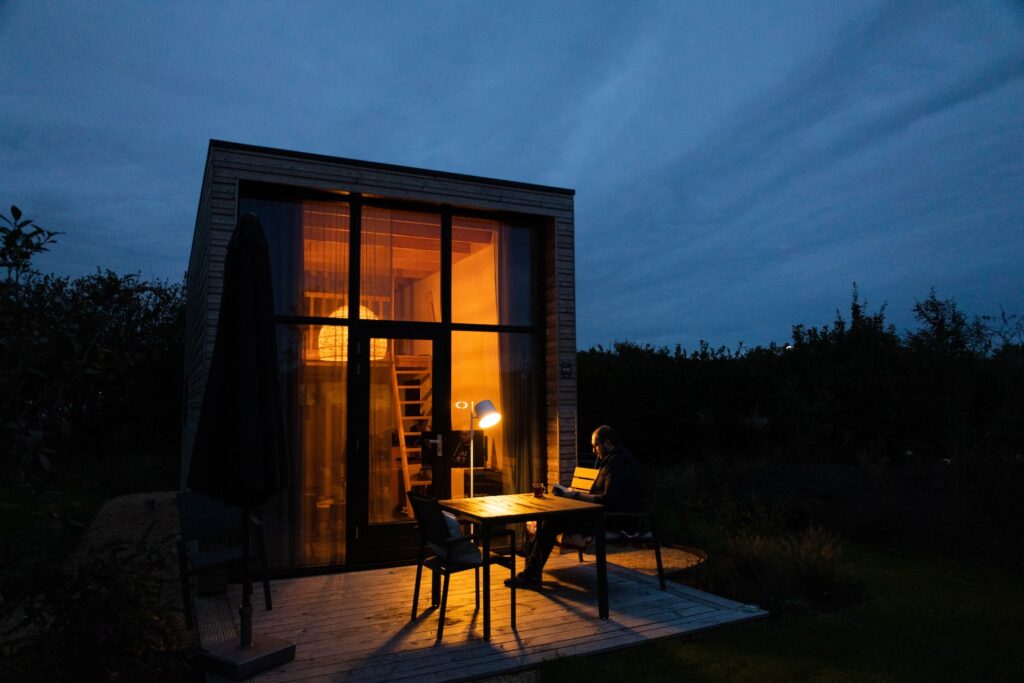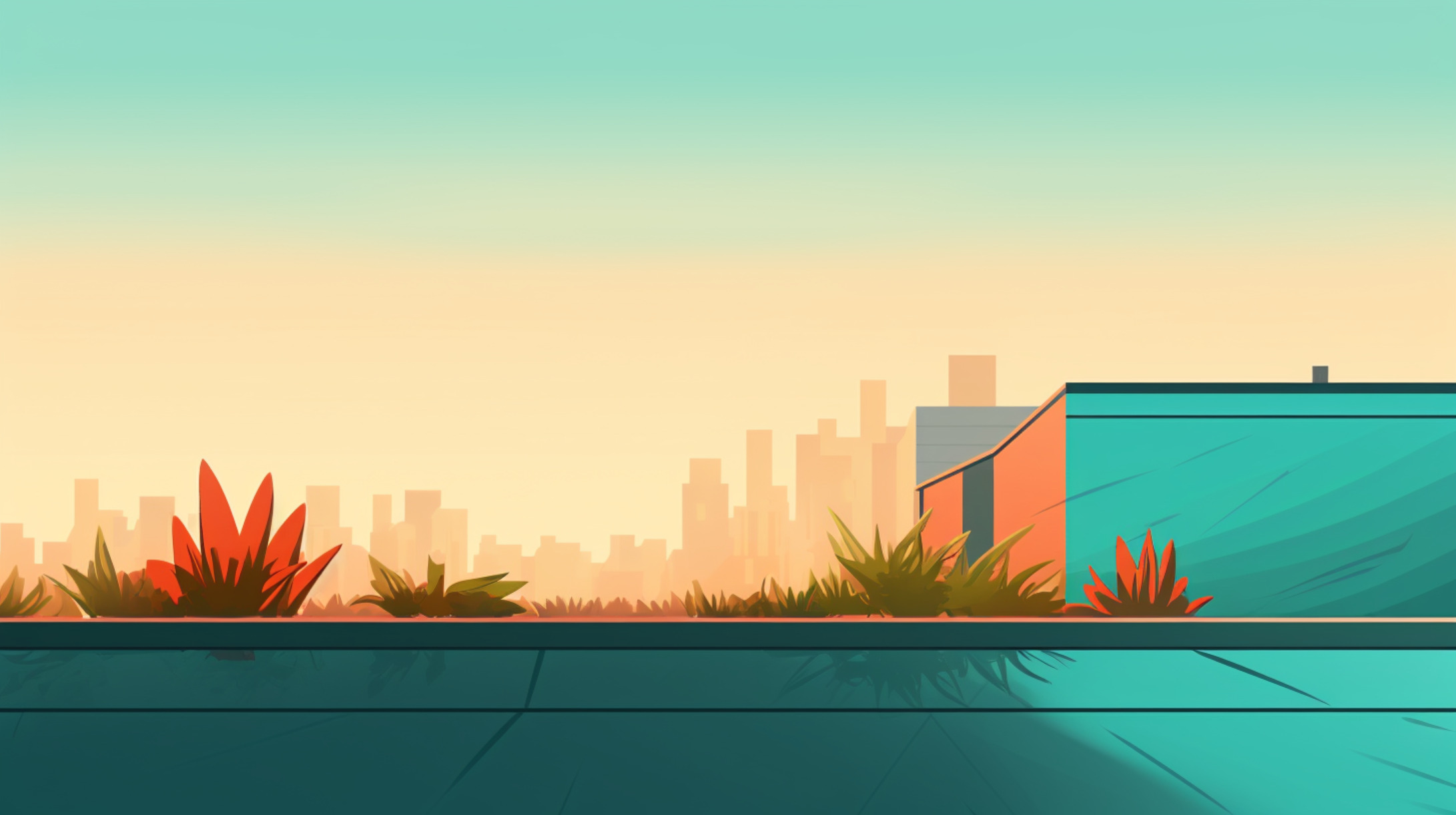
We are reader-supported. When you buy through links on our site, we may earn an affiliate commission.
Green roofs could protect cities from the heat island effect, protecting infrastructure and making everyday life more comfortable. Ultimately, they could make urban areas better places to live.
What Is the Heat Island Effect?
The heat island effect is a phenomenon where urban areas essentially collect heat. A large cluster of offices, roads, neighborhoods and sidewalks will be much warmer than fields or even towns. In fact, cities are typically 10 degrees Fahrenheit hotter than surrounding areas. This difference is especially noticeable during the summer months.
If you’ve ever stepped on the sidewalk barefoot on a hot day, then you have an idea of how the heat island effect happens. In most cities, buildings are made of concrete, asphalt, metal and glass. These materials trap warmth or reflect sunlight, which quickly increases the temperature.
Most major urban areas experience this phenomenon. According to an older study, 95% of the largest cities in the United States endure the heat island effect. While the temperatures were 2-4 degrees Fahrenheit warmer on average, some places were a staggering 27 degrees Fahrenheit hotter than the surrounding areas.
Since most of the world’s population lives in cities — and more will join them in the coming years — the heat island effect isn’t something people should ignore. Instead, they need to act fast to protect their infrastructure and live comfortably. Green roofs could be the solution they need.
What Exactly are Green Roofs?
A green roof is a rooftop with a built-in layer of vegetation. It’s usually a flat surface covered in grasses, bushes, wildflowers and trees. Most people invest in it because it has a 224% return on investment and double the lifespan of traditional construction.
There are two types of green roofs. The first — extensive — is very basic and easy to maintain. Usually, it consists of a few lightweight vegetation, shallow soil and hardy plants. Since it isn’t very heavy or high-maintenance, it doesn’t need a lot of additional structural support.
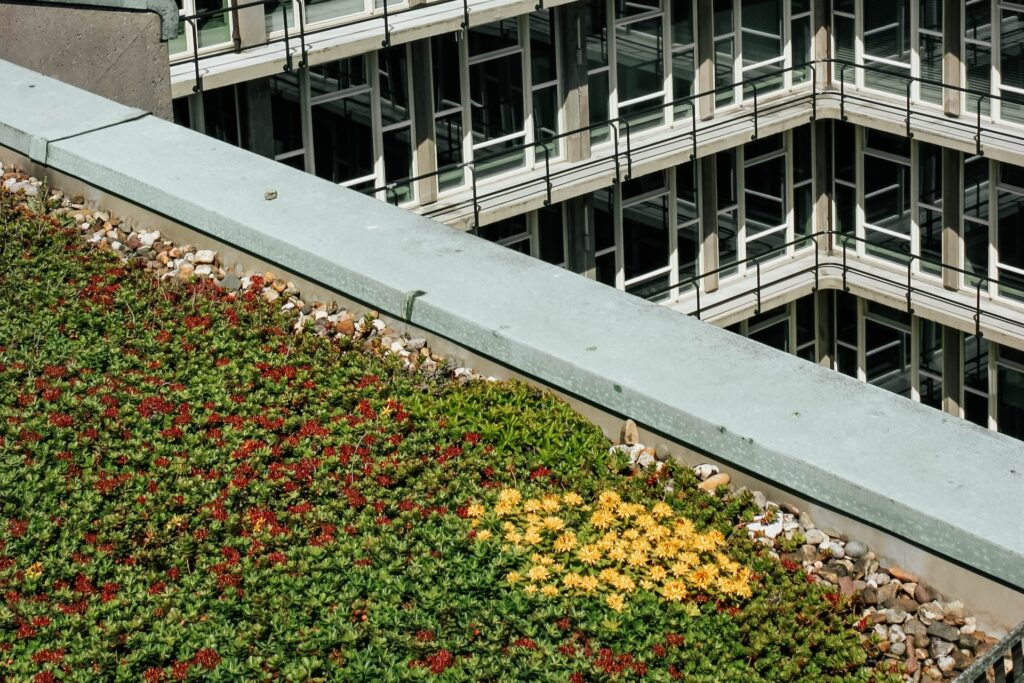
On the other hand, intensive green roofs are usually very high maintenance. After all, they are much heavier, use a larger variety of vegetation and are much more complex. They often have trees, pathways, bushes and flowers instead of grasses and shrubs. As a result, they require more care and much more structural support.
Even though the types of green roofs are aesthetically different, their layout is very similar. For starters, the vegetation will always be the top layer. After the soil, the filter, drainage, root control, insulation, moisture barrier and structural support layers will come next.
How Can Green Roofs Cool Heat Islands?
Green roofs can reduce the heat island effect in four different ways.
1. Produces Water Vapor
Evapotranspiration — a process where water in soil and leaves evaporates or transpires — can help reduce the heat island effect. Once liquid turns into vapor, it makes cities 2-8 degrees Fahrenheit cooler than the surrounding areas. This method is the primary way green roofs lower temperatures.
Best of all, if people hand-pick native plants with high transpiration rates, they can further enhance the cooling effect. Although they’d probably have to invest in an intensive green roof and devote more time to maintenance, the widespread impact would be worth it.
2. Covers Heat-Absorbing Materials
Concrete, asphalt, metal and glass can’t absorb warmth or reflect light onto other buildings when vegetation covers them. As a result, green roofs are 30-40 degrees Fahrenheit colder than their traditional counterparts. When rooftops have such a drastically low surface temperature, the surrounding urban area gets cooler.
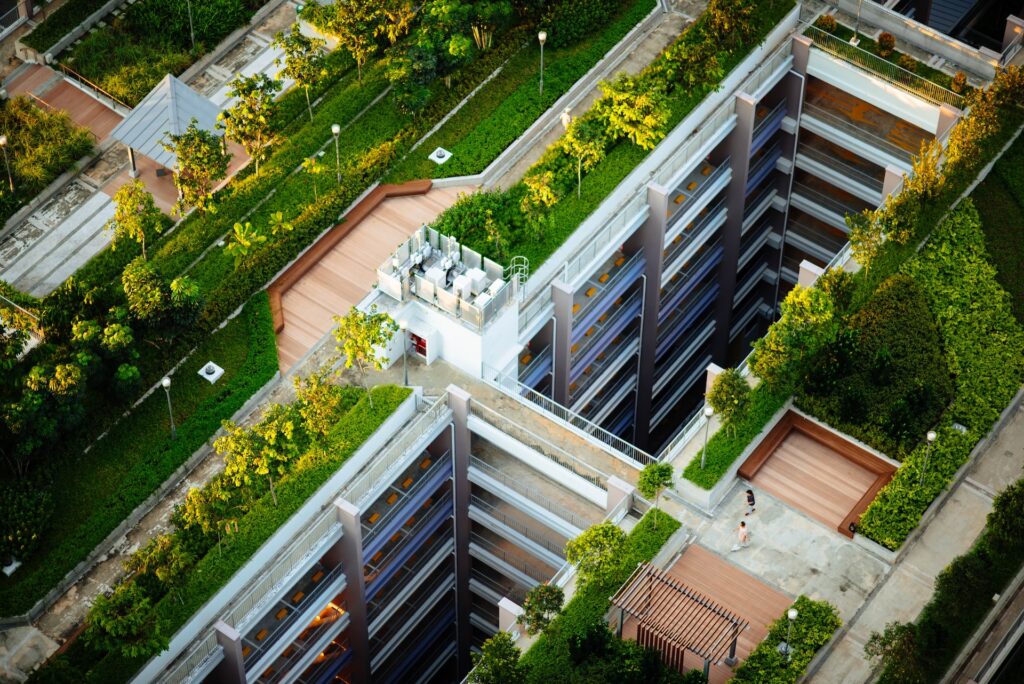
3. Provides Abundant Shade
A green roof — especially the intensive type — shades nearby buildings and walkways. As a result, the air temperature at the rooftop and pedestrian level are both lower. Typically, shadowed areas feel 10-15 degrees Fahrenheit cooler than those in direct sunlight. The more vegetation there is, the more noticeable the difference will be.
4. Insulates Buildings
The extra structural layers in a green roof insulate buildings, improving energy efficiency and reducing heat transfer. As a result, the occupants can use less air conditioning to stay cool. During colder months, the extra heat they use doesn’t warm up the surrounding areas.
Will Green Roofs Lower Temperatures in Every Scenario?
Even though research proves green roofs effectively cool urban areas, there are a few catches. For one, the effect is much more prominent the closer the rooftop is to ground level — if it’s too high, pedestrians won’t really feel the temperature difference.
Also, lower temperatures are only possible when people add vegetation to an existing structure. Frankly, if someone flattened a grassy field to construct a brand new building with a green roof, the overall amount of plants would be less than when they started — meaning they contribute to the heat island effect instead of reducing it.
Of course, it’s easy to avoid these two scenarios. As long as people are thoughtful about construction and use plant life strategically, they’ll experience the benefits of cooler temperatures and more energy-efficient buildings.
How Green Roofs Can Improve Urban Areas
If city planners, construction crews and homeowners invest in green roofs, they’ll immediately improve their quality of life. After all, these eco-friendly rooftops last twice as long as traditional roofs, have a high return on investment, reduce heat islands and improve urban biodiversity. Installing one would be a step toward a better city.
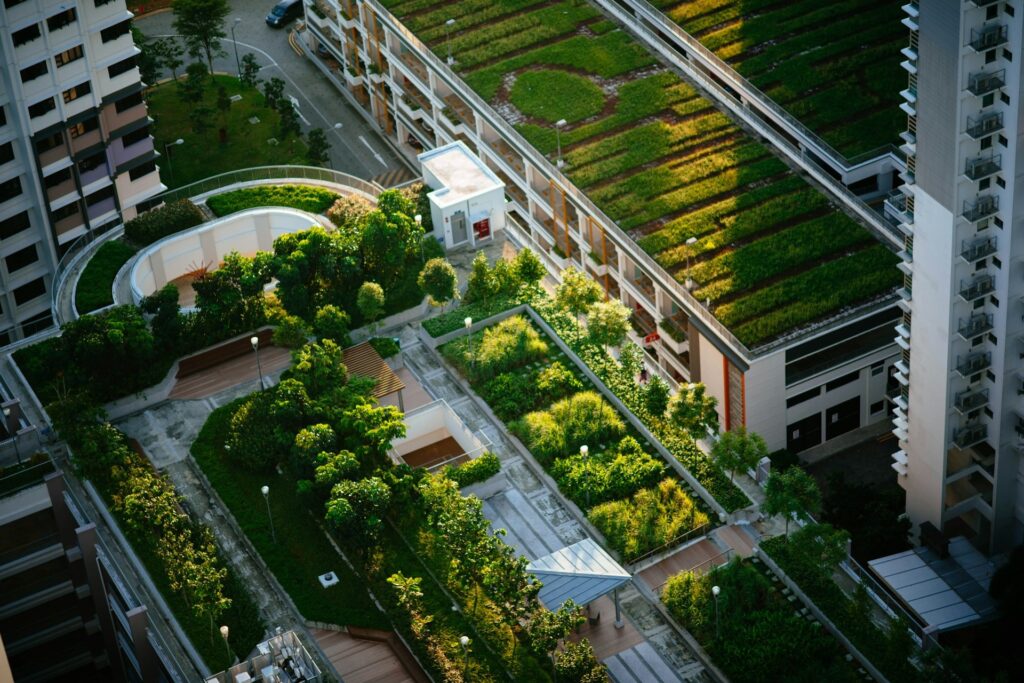
A green roof may require a somewhat high initial investment, but it lasts much longer than the standard kind. Not to mention, it could save homeowners money on heating and cooling bills. Plus, it comes with all sorts of benefits. Frankly, even the high-maintenance type makes up for its higher cost with a larger positive impact.
Rooftop Greenergy Could Be the Future
City planners and homeowners could save on energy bills, protect infrastructure and be much colder on hot days if they installed a green roof. This extra greenery in a sea of concrete and glass may be the best hope they have to protect their communities and cool things down.






